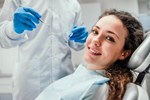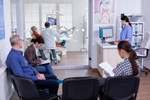FGDP(UK) & CGDent COVID guidance update reduces fallow times
Published: 03/10/2020
The Faculty of General Dental Practice UK and College of General Dentistry have updated their guidance on the implications of COVID-19 for the safe management of general dental practice, incorporating the reduced ‘fallow’ times recommended by the Scottish Dental Clinical Effectiveness Programme.
The guidance, first published on 1 June, supports dental professionals to take a risk-based approach to providing safe care, whatever the national COVID-19 threat level, at each step of the patient journey.
Among the distinguishing features of the document was its consideration of the risk of exposure to potentially-infectious aerosols arising from dental procedures as being on a continuum, rather than defining some procedures as ‘non-AGPs’ and treating all ‘AGPs’ as if they carry equal risk.
Members of the guidance task group felt compelled at the time to accept the 60-minute fallow period recommended by Public Health England following higher risk procedures. However, they also felt it would be more appropriate to adopt a more nuanced approach which also considered the length of procedure, as well as the potential to employ procedural and environmental risk mitigations, and suggested that reduced fallow times based on such factors might be justified.
The SDCEP review of aerosol-generating procedures in dentistry, published last week, takes just such factors into account in recommending context-specific fallow periods of between 10 and 30 minutes. While the FGDP-CGDent guidance has been thoroughly reviewed in light of the latest evidence and the experience of dental practices over the last four months, the most significant change is therefore the adoption of SDCEP’s fallow time recommendations, which have also been incorporated in an accompanying Fallow Time Calculator, which will be launched soon.
SDCEP’s review also divides dental procedures into groups according to their potential to generate aerosols, and to avoid any confusion over which procedures require fallow time, the FGDP and CGDent have ensured that those they classify in their guidance as posing a ‘higher exposure risk’ correspond to SDCEP’s highest-risk ‘Group A’ categorisation.
Available free of charge at https://www.fgdp.org.uk/implications-covid-19-safe-management-general-dental-practice-practical-guide and https://cgdent.uk/standards-guidance, the revised document also provides additional detail and updated guidance on:
- air ventilation and air cleaners
- the use of the 3 in 1 syringe
- the risk of aerosolisation from dental handpieces
- decontamination of the surgery
- the relevance of the R number and prevalence rate
- the protection of vulnerable staff
Dental professionals are invited to learn more by joining two related webinars, which will be free to view live through Prodental. On Monday 5 October at 7pm, representatives of FGDP, SDCEP, the BDA and the Office of the CDO for England will discuss The Mitigation of Aerosol Generating Procedures in Dentistry, and on Monday 19 October, Mythbusters 2 will look at the latest changes and challenges of COVID-19 in light of the recommendations of SDCEP, FGDP and CGDent.
Author: Julie Bissett
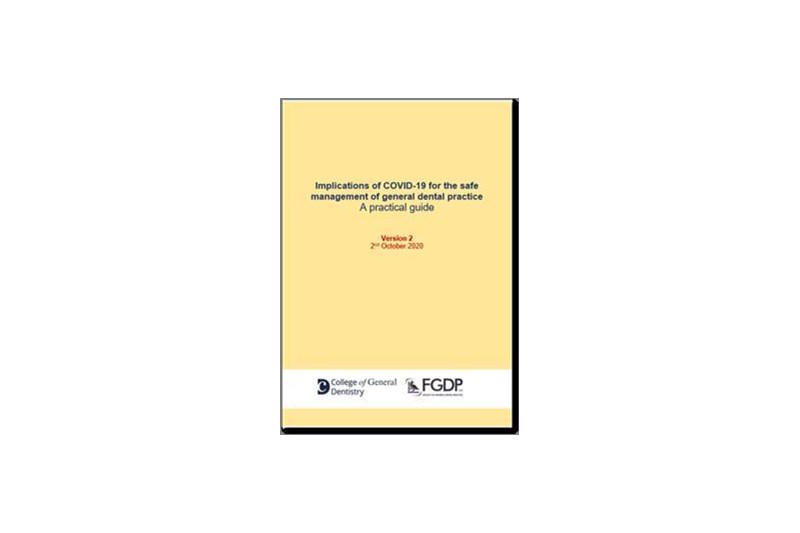
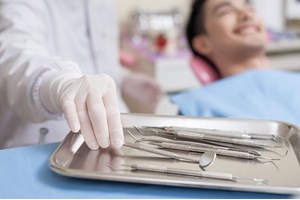
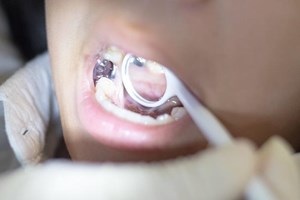





.jpg?width=150&height=100&scale=canvas)
